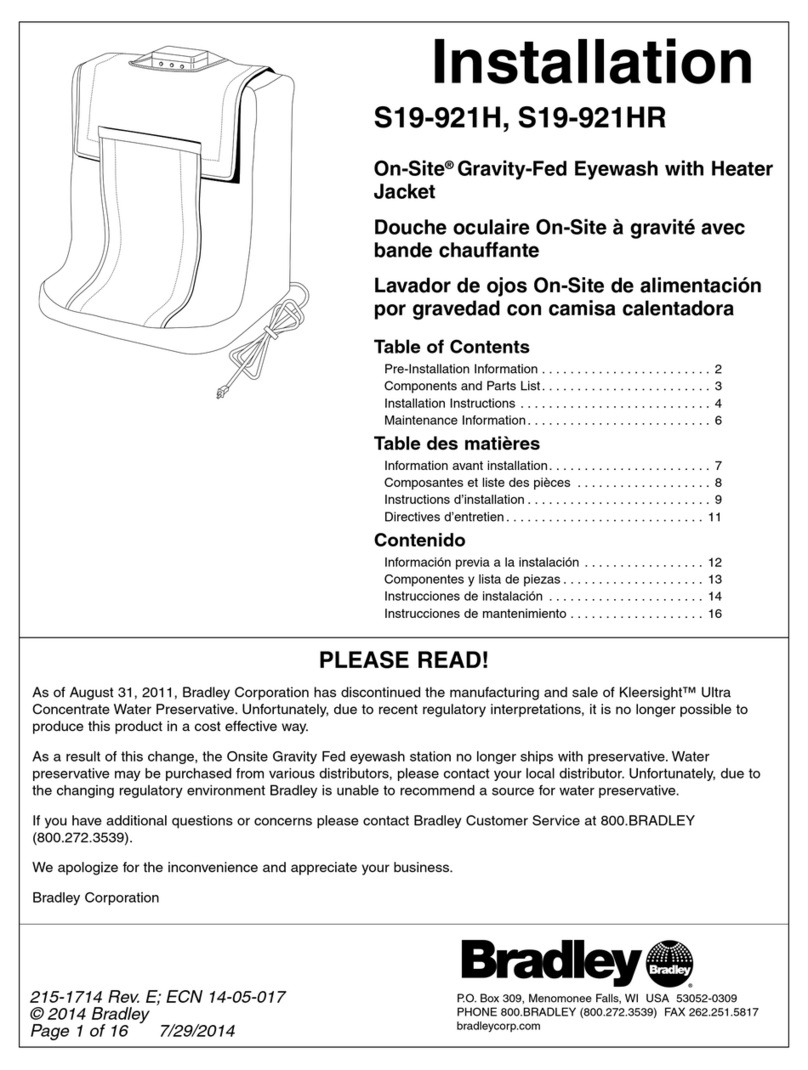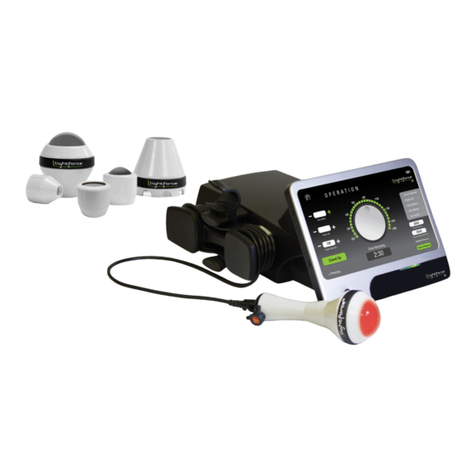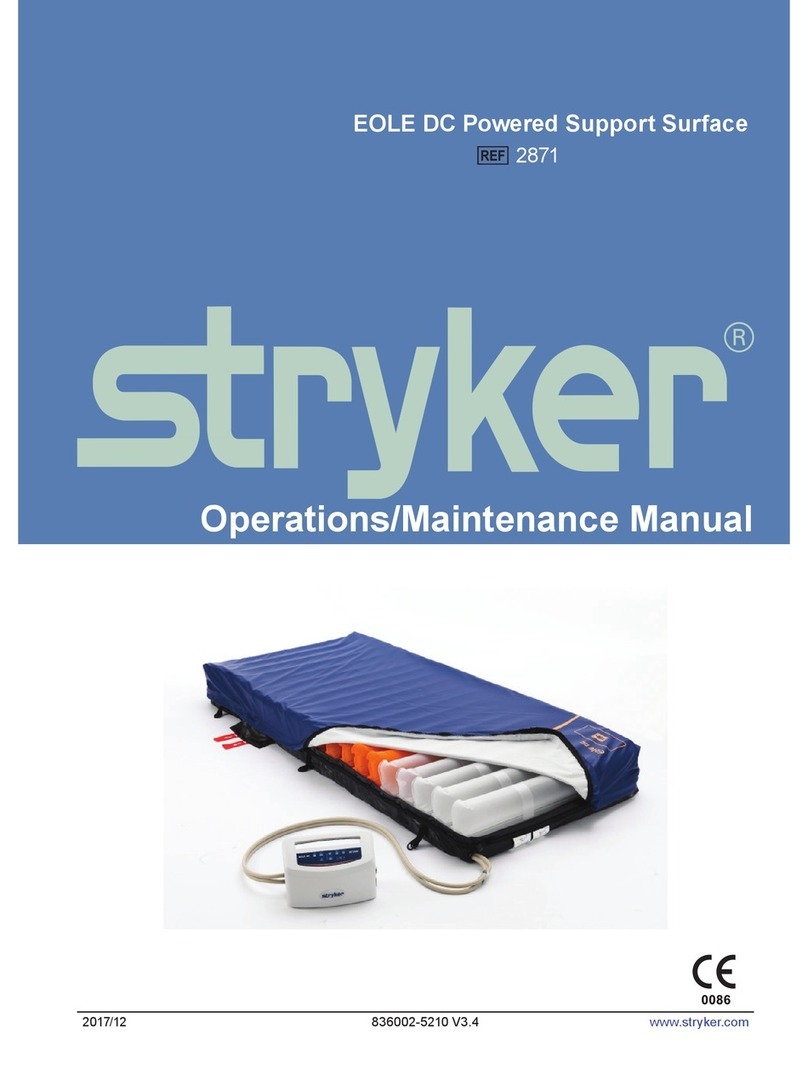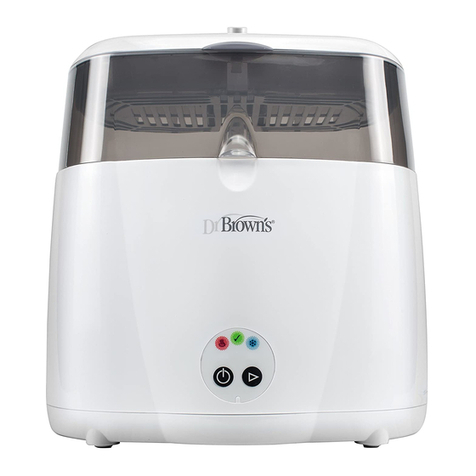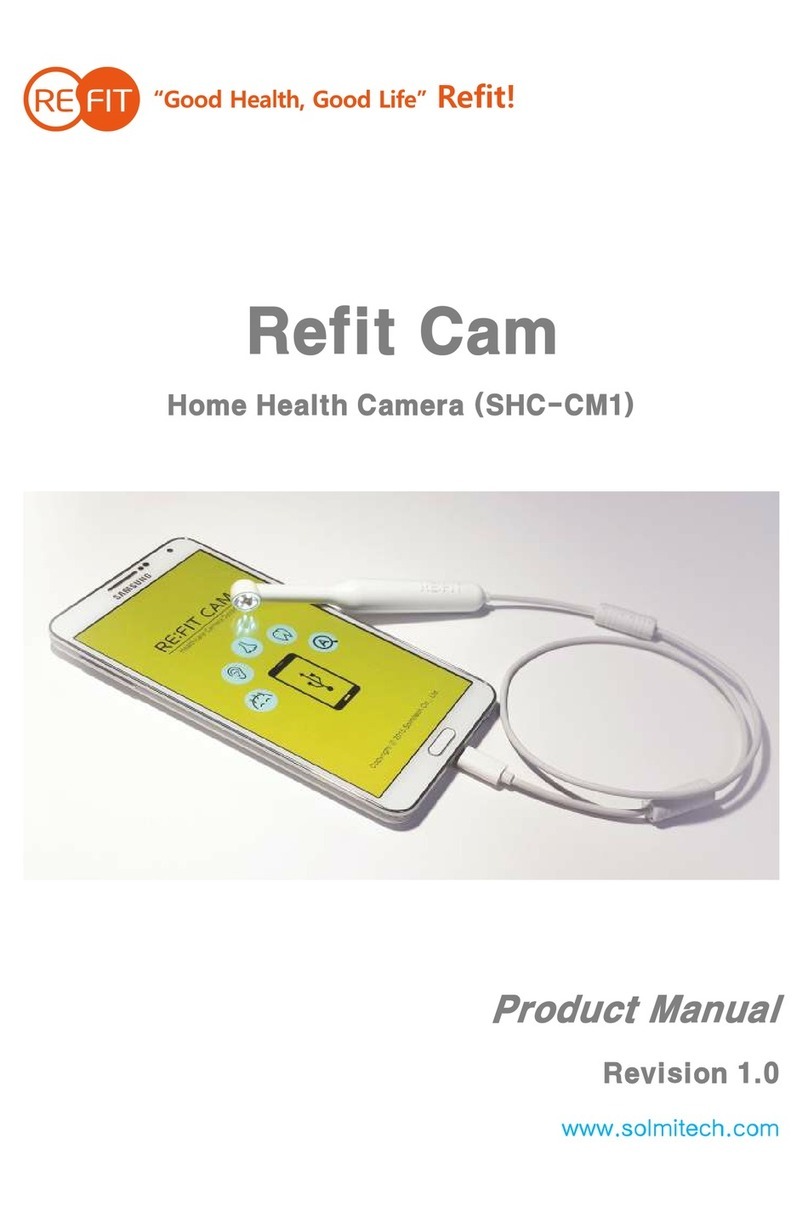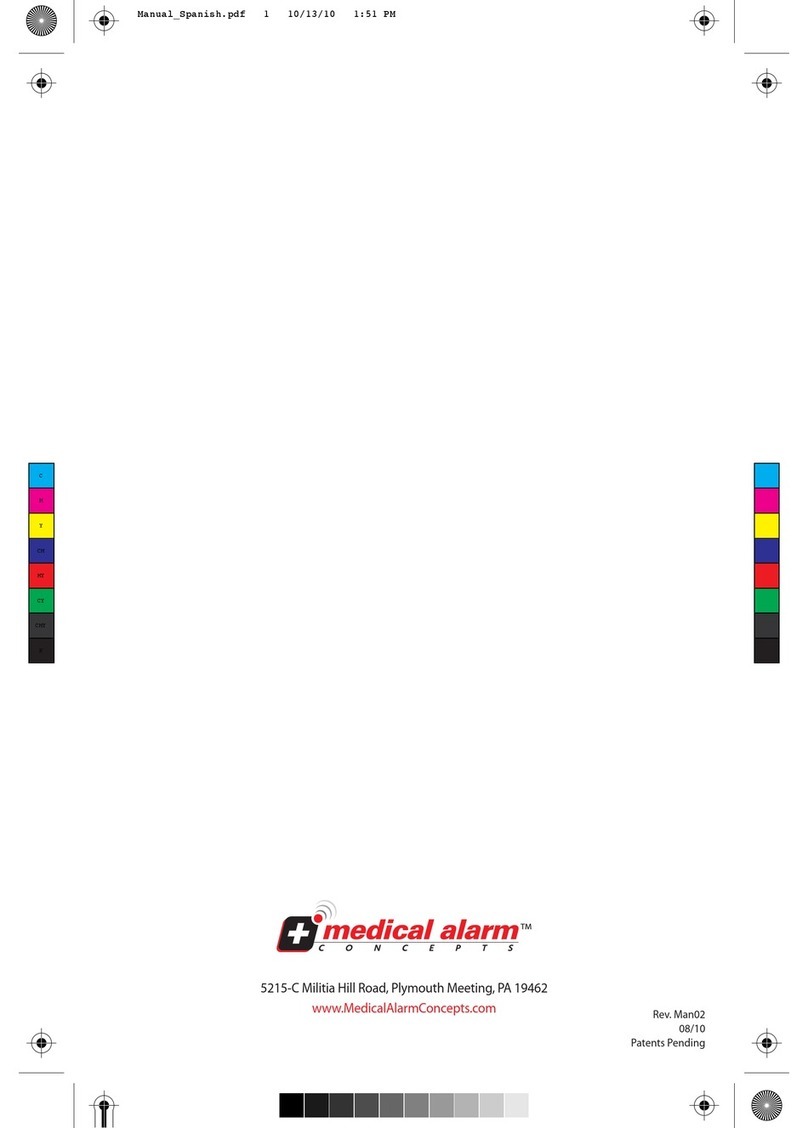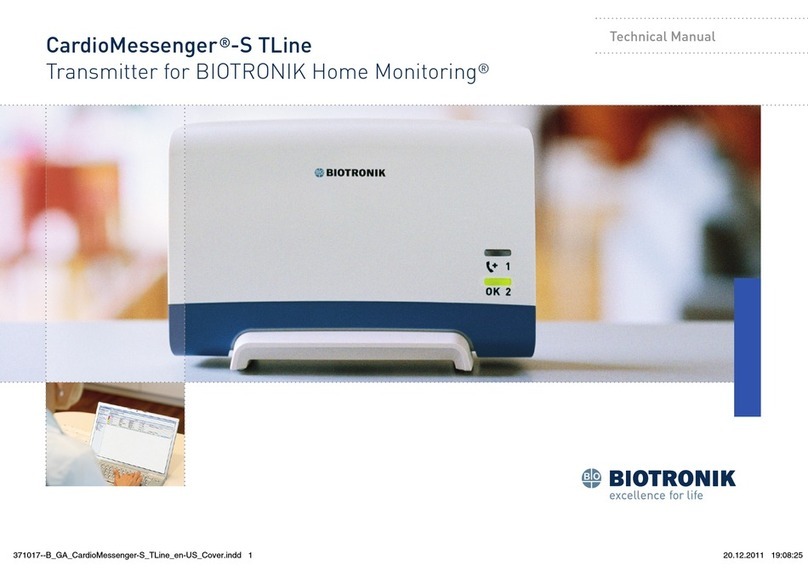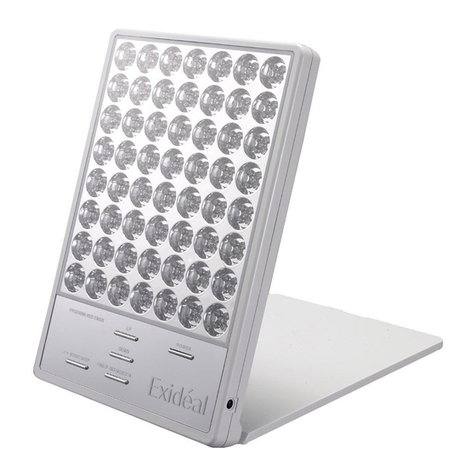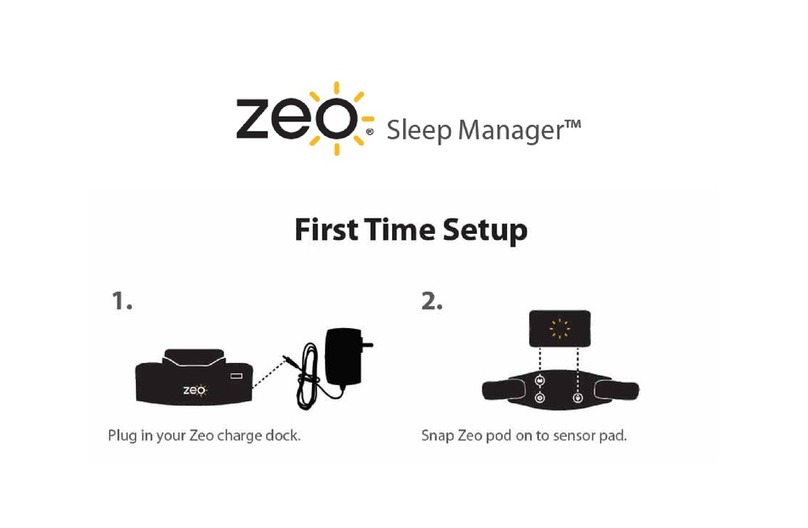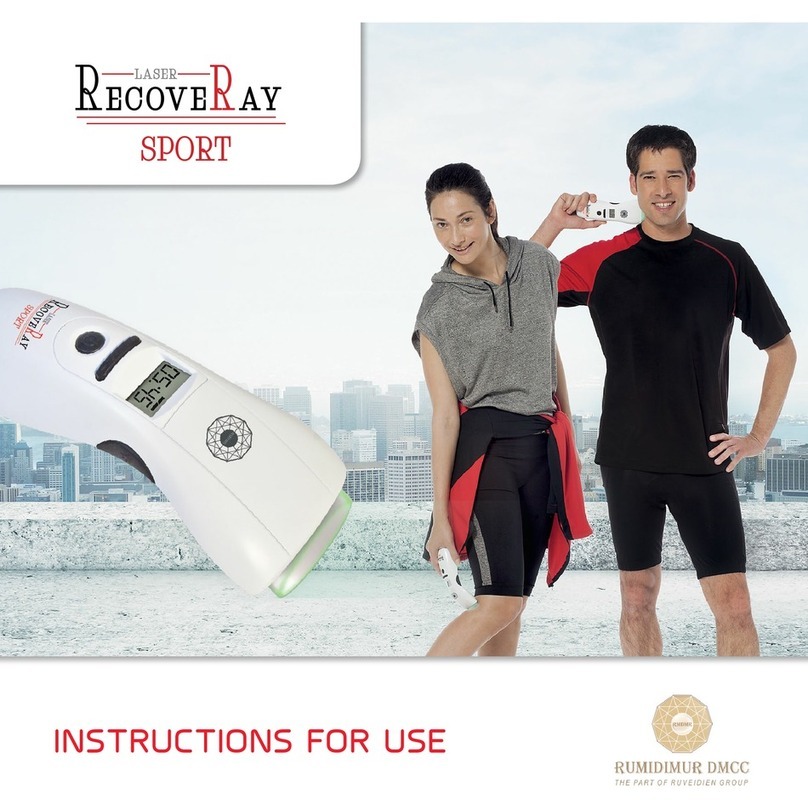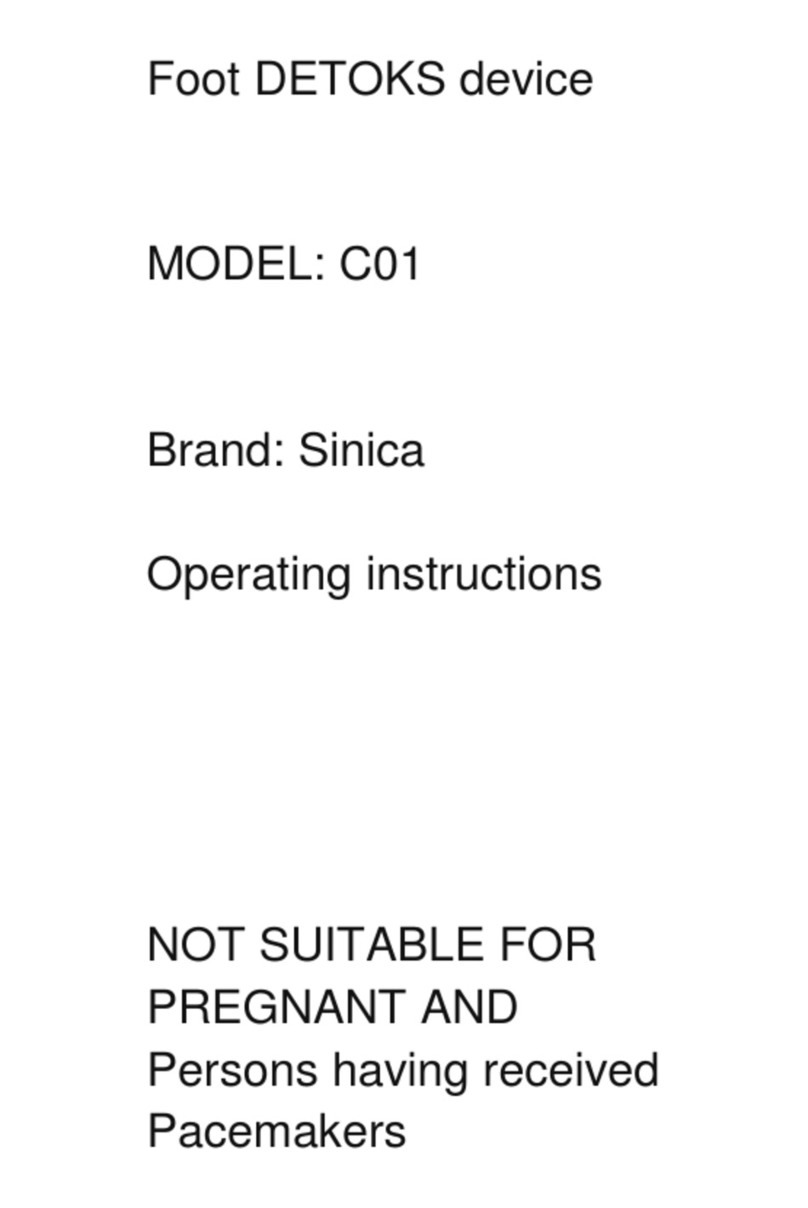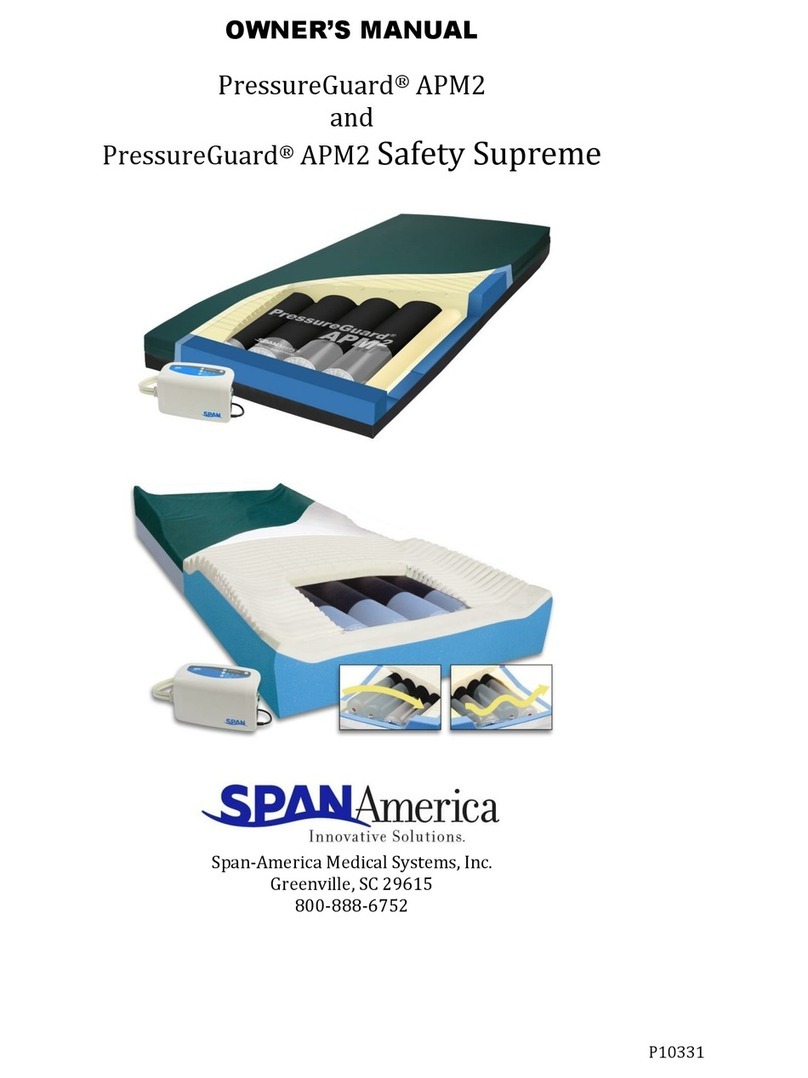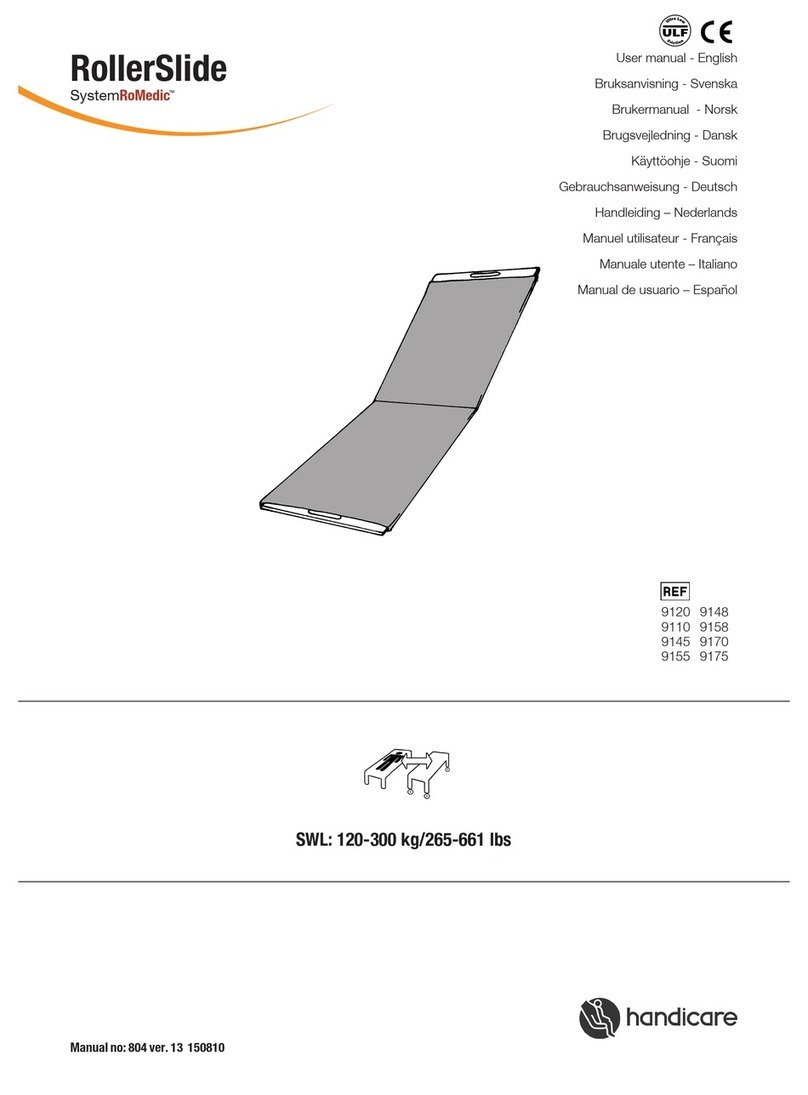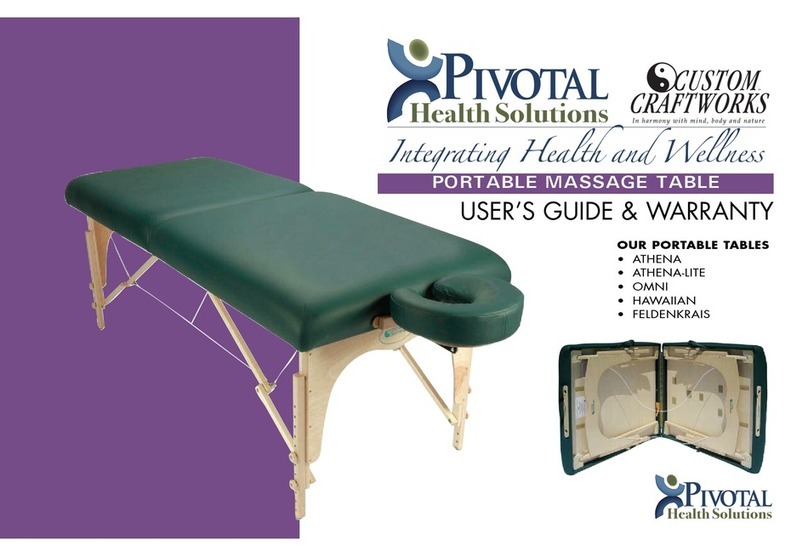Icare®HOME (Model: TA022) INSTRUCTION MANUAL TA022-036 EN-3.1
This device complies with:
Medical Device Directive 93/42/EEC
Canadian Medical Device Regulations
Copyright © 2014 Icare Finland Oy
Made in Finland
Icare Finland Oy
Äyritie 22, FI-01510 Vantaa, Finland
Tel. +358 9 8775 1150, Fax +358 9 728 6670
www.icaretonometer.com, info@icarenland.com
1. SAFETY INSTRUCTIONS
WARNING!
Do not bring the tonometer into contact with the eye or push it into the eye (the tip of the
probe should be 4-8mm, or 5/32-5/16” , from the eye).
WARNING!
Keep the tonometer out of the reach of children, because the probe base, battery
compartment cover and probes are so small that a child could swallow them.
WARNING!
The tonometer probe tips have not been evaluated for the presence of endotoxins. The probe
tips are for single-use only, and are packaged sterile.
WARNING!
To prevent contamination, do not touch the bare probe, do not use a probe if it touches a
non-sterile surface like a table or a oor.
WARNING!
The Icare HOME Tonometer (TA022) is indicated for use only under supervision of a health
care professional.
WARNING!
Health care professionals must inform patients not to modify or discontinue their treatment
plan without receiving instructions from the health care professional.
WARNING!
Do not connect the USB cable during measurement, because the tonometer does not allow
you to take any measurements when the USB is connected.
WARNING!
Do not change the batteries or probe base when the USB cable is connected.
WARNING!
No modication of this equipment is allowed.
WARNING!
Use only the original and certied probes made by the manufacturer. The probes are for
single-use (single pair of measurement sequences) only. Use probes taken only from the intact,
original packaging. The manufacturer cannot guarantee sterility of the probe once the seal is
compromised. Re-sterilization or re-use of the probe could result in incorrect measurement
values, in the breakdown of the probe, cross-contamination of bacteria or viruses, and
infection of the eye. Re-sterilization or re-use will void all responsibilities and liabilities of the
manufacturer concerning the safety and eectiveness of the tonometer.
WARNING!
Federal (US) law restricts this device to sale by or on the order of a physician or properly
licensed practitioner.
0044
Icare HOME tonometer Instruction manual for health care professionals Icare HOME tonometer Instruction manual for health care professionalsEnglish English
TABLE OF CONTENTS
1. Safety instructions ............................................................................................ 3
2. Indications for use............................................................................................. 5
3. Introduction ....................................................................................................... 6
4. Package contents .............................................................................................. 6
5. Before you start................................................................................................. 7
6. Setting up the tonometer................................................................................. 8
6.1 Installing or changing the battery ....................................................................8
6.2 Turning the tonometer on ...............................................................................8
6.3 Loading the probe..............................................................................................9
7. Using the tonometer....................................................................................... 11
7.1 Choosing the measurement mode................................................................11
7.2 Adjusting the measurement position............................................................12
7.3 Automatic eye recognition..............................................................................13
7.4 Taking the measurements ..............................................................................14
8. Reading the measurement data.................................................................... 16
9. Troubleshooting............................................................................................... 17
10. Icarehometonometertrainingproceduresforcerticationofhealthcare
providers (HCP) and caregivers...................................................................... 19
11. Icarehometonometertrainingproceduresforcerticationofthepatient
for self-use........................................................................................................ 23
12. Cleaning and disinfection............................................................................... 26
13. Accessories ....................................................................................................... 26
14. Technical and performance data................................................................... 27
15. Symbols............................................................................................................. 28
16. Electromagnetic declaration.......................................................................... 29
